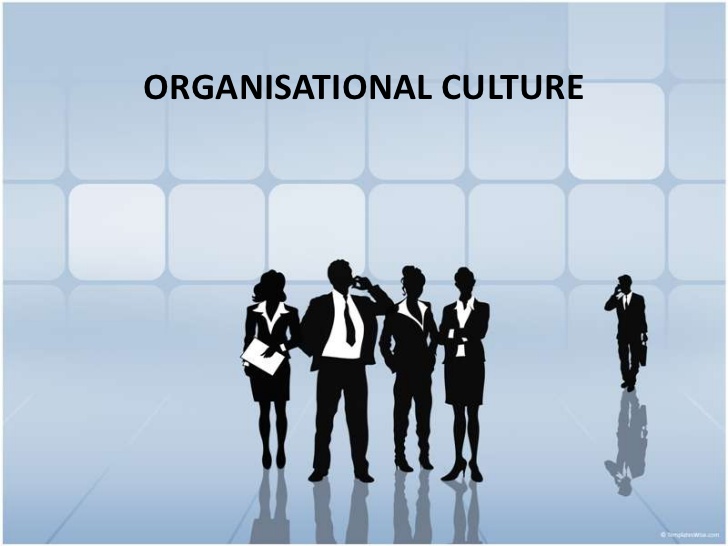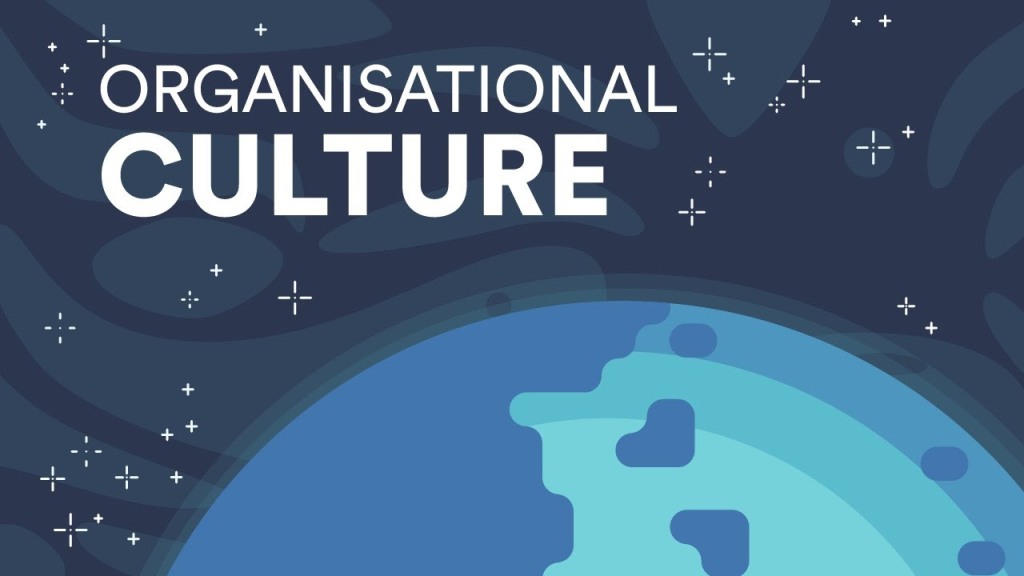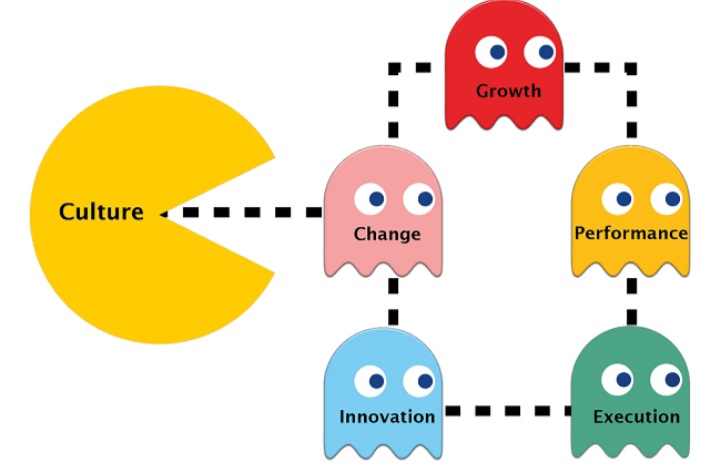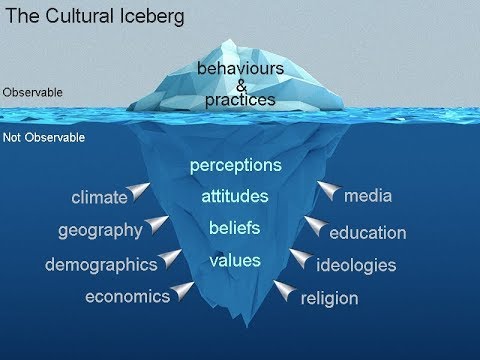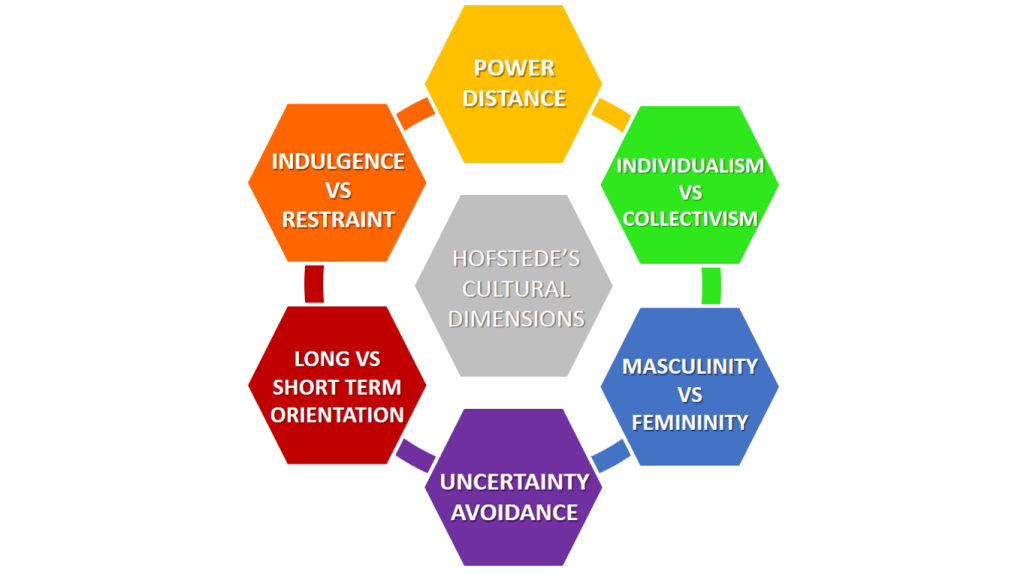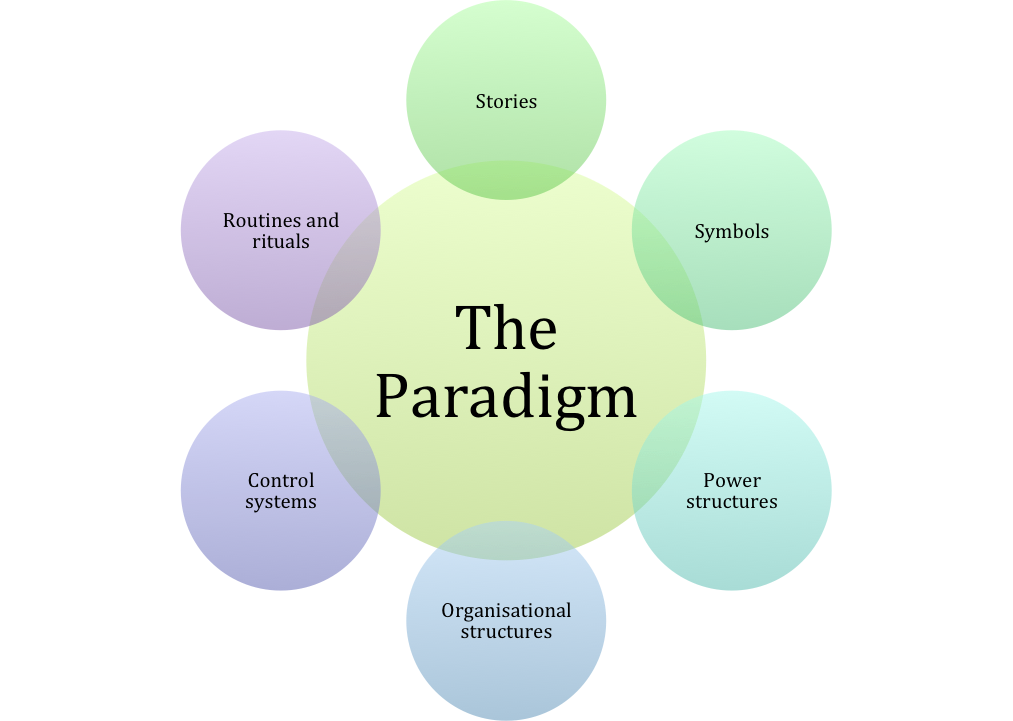Introduction

Everything in the world changes so does leadership and its styles. It is intriguing to see how the concept of leadership has evolved over the years from as far back as 1780 BC(Johnson et al., 2009) . This evolution has been mostly caused by technological growth and globalisation, which has forced organisations to grow and evolve along with the leadership trends while driving individual motivations to achieve the organisations’ goals.
The performance of an organisation is directly proportional to the leader’s level of effectiveness in motivating and guiding employees (DÜŞÜN & DEMİR, 2012). Organisational leadership, therefore, plays a major role in improving assets, recruiting the best hands, and believe that leadership ability brings valuable assets to improve growth and revenue(Surji, 2015) . It explains why organisations invest so much in training and developing leaders.
However, over the years, one thing stands out from the park the year and form of leadership, and its effectiveness. Leadership effectiveness help in forging lasting growth of the workforce. This blog aims to examine the concept of leadership while elucidating on a few contemporary leadership theories. A critical evaluation of the Virgin Group as a case study was for the blog.
What is Leadership?

Leadership means different things to different individuals. There have been diverse attempts to define leadership as each of the definition is right in its stead. Leadership itself relates to many things, for example, leadership in politics is quite different from leadership in education or religious situation. The definitions differ, however, they tilt towards the same sentiment: leadership is about knowing how to influence other people to achieve goals and inspire others in the process. Kruse (2013) defined leadership as a form of shared impact that brings out the best in the input of others to achieve stated objectives. In clearer terms, leadership is about influencing other people (Vacar, 2015; Goncalves, 2013). Accordingly, it can be said that leadership combines persuasive means and a specified role (Kempster et al. 2011).
Leadership beyond the Title
There are several approaches and styles of leadership. That an approach or system works for a leader does not mean it will work for another leader. This explains the reason why principles, though exhaustive form the hallmark of great leadership. Leadership principles are guiding beliefs that leaders can utilise to become more effective and successful (Surji, 2015). They include:
- Integrity: Integrity in leadership is not only about honesty but open-minded engagement in business dealings and reliability in transacting with others.
- Performance: A leader must be able to live up to the expectation of him. He must be able to work diligently with appropriate regards to technical and professional standards
- Objectivity: leadership involves being objective in dealings and judgements.
- Competence: Competence is the ability to do something efficiently and effectively. A leader should be simply competent in all that is expected of him.
- Courtesy: A leader must learn to discharge duties with courtesy and consideration for others.
Leadership Theories

Different styles of leadership may be more appropriate for certain types of decision-making (Avenell, 2015). The Great Man Theory: contends that ―some leadership attributes needed to be successful are innate in some people (Tomey, 2009). This theory emphasises trailblazer, record breaker, and the individual with an unusual level of influence. It describes leaders as heroes and superhuman designated to assume leadership positions when the need arises. Suffice to say, Great Man became the acceptable term during the era leadership was wrongfully assumed primarily as a male quality, especially in terms of military leadership (Avenell, 2015). This theory posited that the rise to power is rooted in a ―heroic set of personal talents, skills, or physical characteristics The Trait theory is mostly attributed to identify specific disposition or social characteristics worthy of a leader (Avenell, 2015).
The Situational theory posits that the qualities essentials of a leader vary as the situation changes (Tomey, 2009). The theory is a sharp departure from the great-man theory because it opines that rather than having someone born with leader attributes, in some undefined situation, shove demands on some people and that some people attributes are shove upon someone—that is, certain people emerge to prominence.
The Contingency theory focused on the significance of assigning leaders in a position that is the most appropriate style of leadership. The Transactional leadership theory is an interchange model that recognises the needs of the people being led and offers adequate compensation in return for anticipated discussion. It comes in form of employment or contracts with commensurate compensation (Tomey, 2009). The Transformational leadership theory posited that a leader has certain distinguishable characteristics – a charismatic trait that inspires followers to achieve their aims and objectives (Tafvelin, 2013).
Consequently, globalisation and technological advancement have increased the interactions between different leadership theories and the evolution of these theories over the years (Perez 2017). The implication of this is that it has driven organisations to recruit the best candidates to help them succeed in a globalized business environment
Case Study: Leadership the virgin Group
The Virgin Group was established in 1970 as Virgin Records, the company has grown to a massive business conglomerate. The business collection of the Virgin Group covers aviation, sport and fitness, hospitality and communication among others. The company’s philosophy and organisational structure have a direct link to the charismatic attributes of the founder, Sir Richard Branson. Virgin Group has over 200 companies across its business portfolio employing nearly over 70,000 employees across 35 countries in the world. Undoubtedly, The Virgin Group has seen constant progress since its inception. It prides on generating over $21 billion (USD) annually in global revenue which shows the scale and magnitude in which Richard Branson has led the Virgin Group for over is operating (Virgin Group, 2020).

The leadership style adopted in driving the affairs of Virgin Group has placed a major role in the success the company has recorded over the years. It can be deduced that Virgin Group rises transformational leadership theory. An assessment of the success witnessed can be attributed to the exceptionality of the leadership model it has adopted. This form of transformational leadership theory stems from the personal philosophy and style of the founder Richard Branson. He sets and communicates synchronised goals which the top executives then break down to form doable bits for individual companies in the Virgin Group who then work with great care and perseverance, however independently to achieve the set goals.(Financhill, 2020).
At Virgin Group, employees are allowed to form cutting-edge solutions and products that the group sells to a global market. Having said that, transformational leadership is one of these strategies that have seen the company attain great heights of success. By working collaboratively, the workforce maximised the inputs and efforts towards attaining the company’s collective goal. Transformational leadership offers staff members of an organisation equal chance resources to get the anticipated results. This is in contrast with other forms of leadership such as transactional leadership which in its stead, compensates employers’ adequate compensation for their performance. The negative side of this type of leadership approach is that it allows employees to work for compensation rather than the set goals.
Conclusively, the success of the Virgin Group can be largely linked to the charismatic attributes of Sir Richard Branson. His charismatic attribute has helped him with an exceptional leadership model for his large organisation. He has been able to effectively merge two leadership models – the transformational leadership models to make the Virgin Group the success it is known for today. The current business environment characterised by the outbreak of the COVID-19 pandemic calls for more ingenuity in the leadership model adopted by Virgin Group. A more appropriate approach will be to combine the participative leadership theory that puts the input and efforts of others into consideration in attaining overreaching goals.
References
Avenell, K. (2015). Leading teaching and learning–instructional leadership vs. transformational leadership. Australian Educational Leader, 37(2), 24-26.
Düşün, z. D., & Demir, b. (2012). The Effect of Team Leaders on Motivation and Performance ofEmployees. Leadership, 151.
Financhill, (2020). Richard Branson’s leadership style. Financhill.Available from https://financhill.com/blog/investing/richard-branson-leadership-style
Goncalves, M. (2013). Leadership Styles: The power to influence others. International Journal of Humanities and Social Science, 4(4).
Kempster, S., Jackson, B., Conroy, M. (2011). Leadership as a purpose: Exploring the role of purpose in leadership practice. Leadership, 7(3): 317-334. DOI: 10.1177/1742715011407384
King, A. J., Johnson, D. D., & Van Vugt, M. (2009). The origins and evolution ofleadership. Current Biology, 19(19), R911-R916.
Kruse, K. (2013). What is leadership? Forbes Magazine.https://www.forbes.com/sites/kevinkruse/2013/04/09/what-is-leadership/?sh=8c5da475b90c
Surji, K. M. (2015). Understanding leadership and factors that influence leaders’ effectiveness. European Journal of Business and Management, 7(33), 154-167.
Tafvelin, S. (2013). The transformational leadership process: Antecedents, mechanisms, and outcomes in social services (Doctoral dissertation, Umeå universitet).
Tomey, A. M. (2009). Nursing leadership and management effects work environments. Journal of Nursing Management, 17(1), 15-25.
Vacar, A. (2015). Influence and Leadership. Studies in Business and Economics, 10(2). DOI: 10.1515/sbe-2015-0030
Virgin Group, (2020). Understanding the Richard Branson approach to leadership. https://www.virgin.com/about-virgin/latest/understanding-richard-branson-approach-leadership Retrieved on 25th November 2020.


